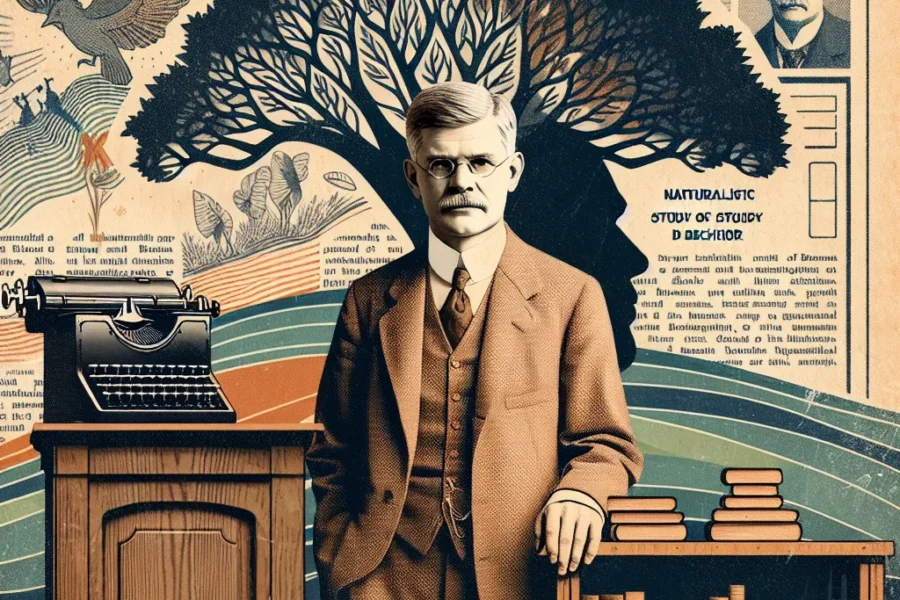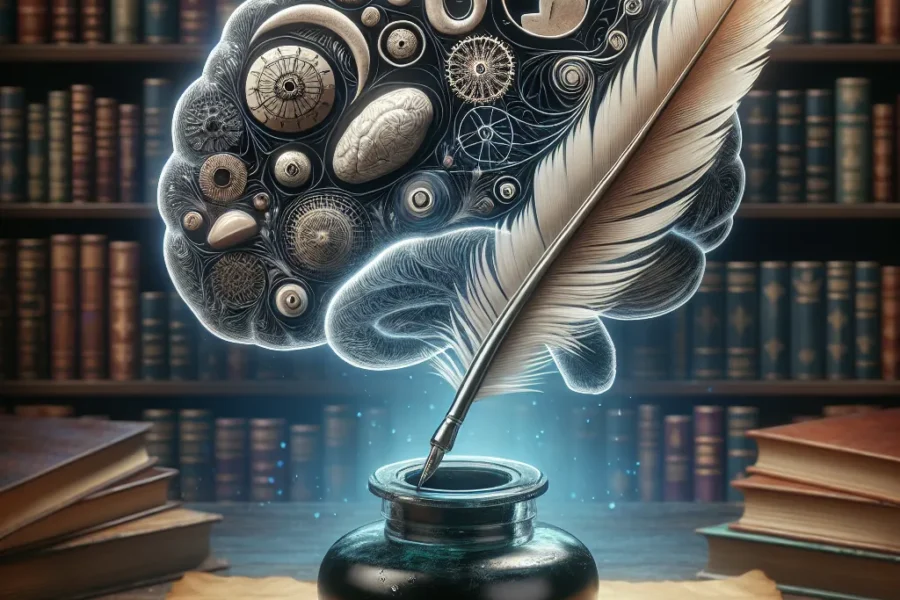Hermann Rorschach: A Journey Through Inkblots
The name Hermann Rorschach is synonymous with his seminal contribution to psychology: the Rorschach inkblot test. But who was Hermann Rorschach, and how did his journey through the realm of inkblots transform our understanding of the human mind?
Born in Switzerland in 1884, Hermann Rorschach was a visionary in the field of psychodiagnostics. His fascination with the interplay of art and psychology led him to create a method that would provide a window into the psyche’s inner workings. The Rorschach test is as captivating as it is mysterious, a tool that has intrigued both professionals and laypersons alike.
Rorschach’s academic journey commenced with a medical degree, which he earned from the University of Zurich. His interest in psychopathology was piqued during his subsequent work at several psychiatric hospitals. It was during these formative years that Rorschach began to explore the potential of inkblots as a projective test—a test in which a person’s interpretation of ambiguous stimuli, such as inkblots, could reveal aspects of personality and emotional functioning.
The theory of projection posits that individuals project their own unconscious feelings and thoughts onto ambiguous stimuli. Rorschach’s inkblot test is a series of 10 inkblots, each with its own unique composition, designed to invoke a range of responses that can then be analyzed to provide insights into a person’s psychological state.
Each inkblot is carefully crafted to be symmetrical and ambiguous, containing both intentional and unintentional shapes and figures. The test subjects are asked what they see in each inkblot, and their responses are interpreted by trained professionals. The interpretations focus on various elements, such as the form of the response—what part of the inkblot is used, the content—or what the subject sees, and the determinants—such as color, shading, or movement that influenced the response.
The Rorschach inkblot test has been utilized for several purposes, including assessing personality structure, detecting underlying thought disorder, and helping to understand more about a person’s emotional well-being. Over the years, the test has also faced criticism and skepticism, with some questioning its reliability and validity. However, countless practitioners continue to use the Rorschach test as part of comprehensive psychological evaluations, attesting to its enduring legacy.
Rorschach’s journey did not end there. He conducted empirical studies to validate his test, researching and documenting the tendencies of his subjects’ responses. His psychodiagnostic approach was not just about understanding pathology but also about exploring the depths of creativity and the vast realm of normal human cognition.
In 1921, Rorschach published his book “Psychodiagnostik,” which served as a manual for administering and interpreting the inkblot test. His work began to gain recognition, but unfortunately, his life was tragically cut short when he passed away in 1922, at the young age of 37. Despite his untimely death, his pioneering work left an indelible mark on psychology.
Today, practitioners all over the world have adopted the Rorschach inkblot test, adapting and refining it through a century of clinical use and research. The test has transcended its clinical origins, permeating popular culture as an iconic symbol of psychoanalysis and the mysterious workings of the mind.
The legacy of Hermann Rorschach is not just in the test he created but also in the approach he championed: an approach that views individuals as complex, multi-faceted beings whose perceptions and cognitions can be as intricate as the inkblots placed before them. It is a testament to his innovative spirit that, even decades after his death, psychologists, researchers, and curious minds continue to traverse the rich psychological landscapes revealed by inkblots.
Although times have changed and the field of psychology has evolved, Rorschach’s contribution remains influential. The inkblot test garnered a place in modern assessment batteries, used alongside other tools and methods. It represents a bridge between traditional, intuitive diagnostics and contemporary, empirically-supported techniques.
In recent years, the Rorschach test has been the subject of debate concerning its application in forensic settings, the challenges of cross-cultural administration, and the evolution of scoring systems to enhance its interpretative power. Despite these discussions, the dedication to understanding the nuances of the human psyche through Hermann Rorschach’s inkblots endures.
Moreover, Rorschach’s work has inspired advancements in other projective techniques, such as thematic apperception tests and sentence completion tests. These methods, which similarly aim to delve into an individual’s inner experiences, honor the spirit of Rorschach’s innovative blend of science and subjectivity.
The Rorschach inkblot test serves as a symbol of the multifaceted nature of psychological assessment. The interpretation of the inkblots is as complex as the human beings scrutinizing them, reflecting the diversity of perspectives within the psychological community.
Whether used in a therapeutic setting, a personnel selection process, or an academic study, Hermann Rorschach’s inkblots ask us to consider what lies beyond the surface—inviting a journey into the subconscious, where meaning is subjective and every interpretation reveals another layer of the human condition.
Rorschach’s journey through inkblots demonstrated the profound relationship between perception and personality, between what is seen on paper and what is hidden within the depths of the psyche. He showed us that psychology could be both an art and a science, where the slightest variance in perception could unlock a universe of understanding about the self and others.
The path Hermann Rorschach paved with his inkblots is as relevant today as it was when first introduced. Modern mental health professionals continue to explore, debate, and refine the use of the test, ensuring that it remains a viable tool for psychological insight.
In conclusion, Hermann Rorschach’s journey through inkblots represents an enduring quest to comprehend the human mind. His innovative work challenges us to look within ourselves and others, seeking meaning in the patterns we perceive. Through his inkblot test, Rorschach has given the world a unique instrument for psychological exploration—an instrument that transcends time, woven into the fabric of psychodiagnostic history and ensconced in the enduring quest to understand the enigma of the human soul.



Leave a Comment